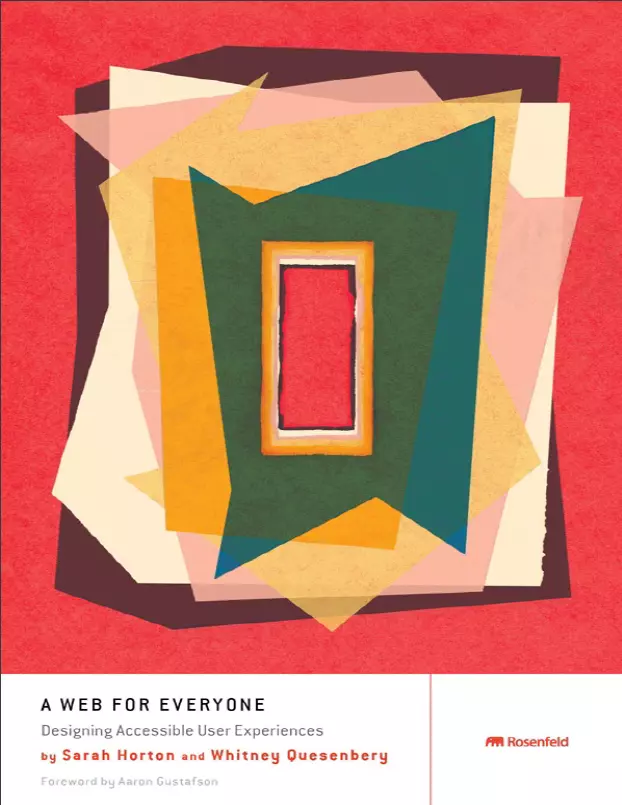A Web for Everyone Designing Accessible User Experiences by Sarah Horton, Whitney Quesenbery

Equality on the web is an interesting and important topic. This is the second book related to accessibility.
Who should read the book
Books on accessibility relate to design or coding. This book relates to 80% of design and 20% of coding. If you are beginning with accessibility, then this book is the right fit.
About the author
The author is well exposed to accessibility and the web. Sarah Horton is an expert from whom we want to learn and understand accessibility design.
Top ideas from the book
- The personas of the disabled people
Generally, books categorize people with disability and stop there. But the authors take this issue description in a well-recognized technical language called Personas. The persona description and images of the users illustrate to the readers about the user. This is important because all our lives we are not exposed to disabled people to a major degree.
- Equations to simplify ideas
Ability + Barrier = Disability
The barrier is to be broken with technology. For example, if a user has bad vision then we need to help them consume our content with a screen magnifier or screen reader. Web content should be accessible to the disabled audience
Verdict
The book is intense literature. As a front-end developer, I could understand the design process and a gentle introduction to WCAG 2.0. This book stands out with personas about disabled people. It helps you to empathize with disabled people.